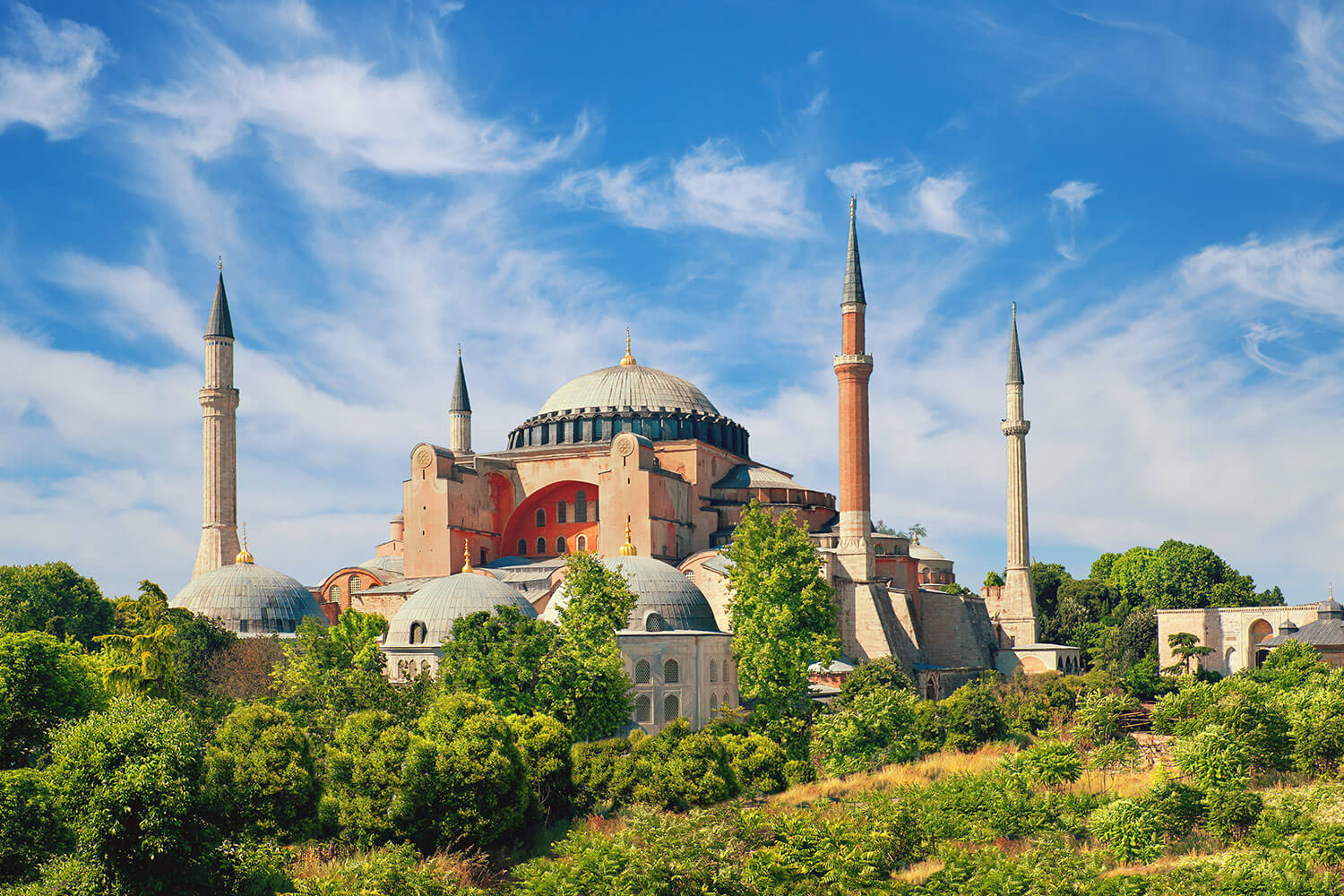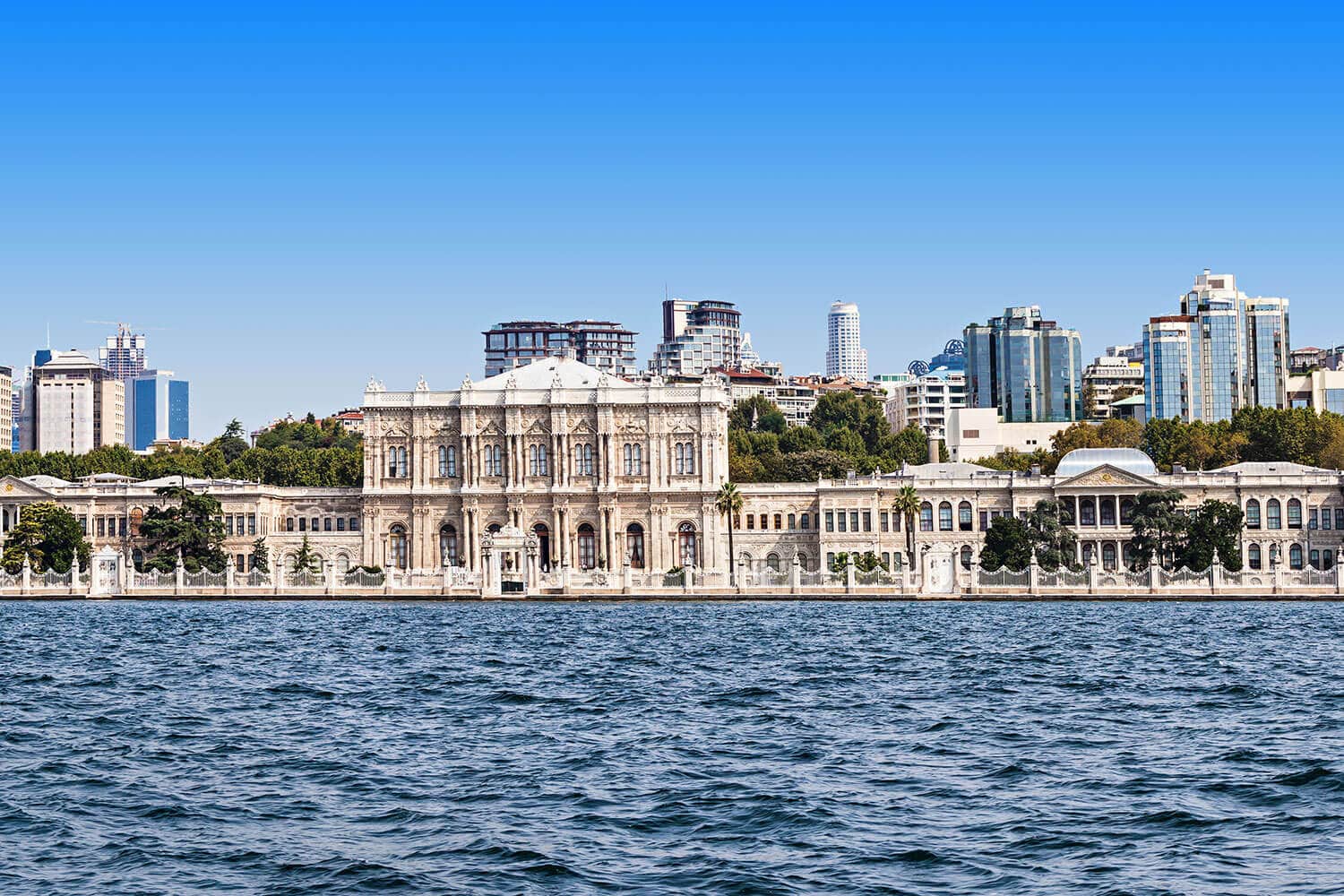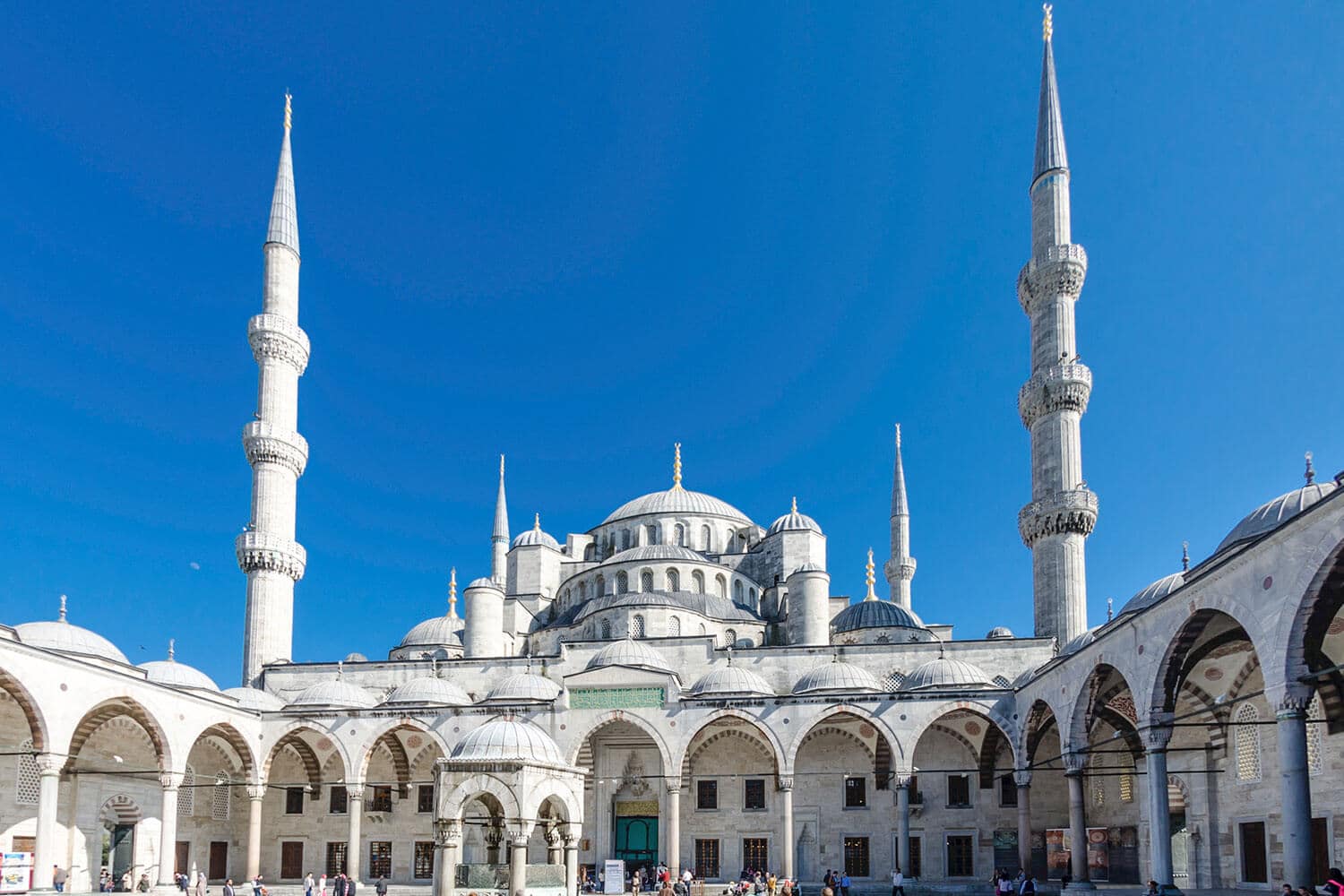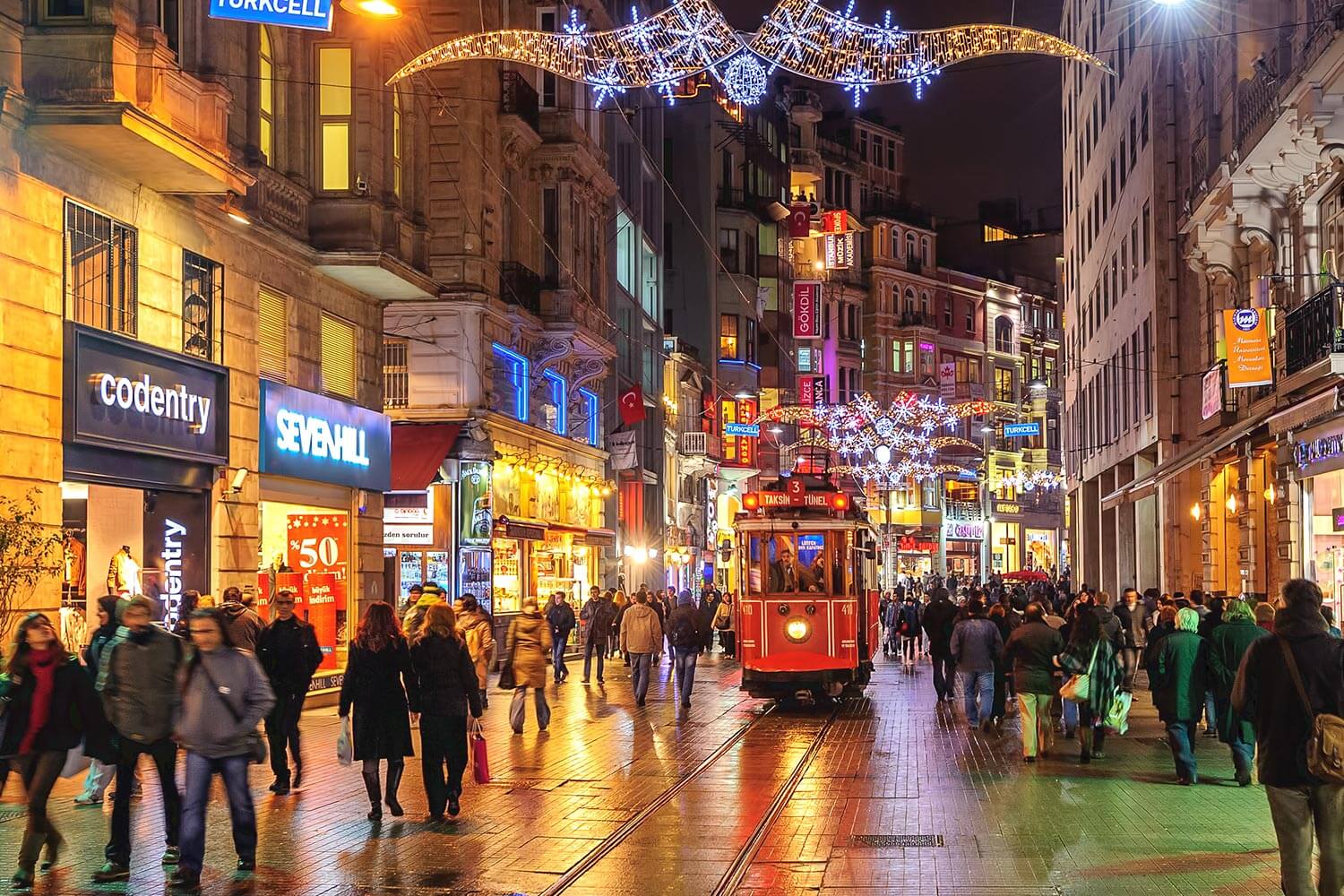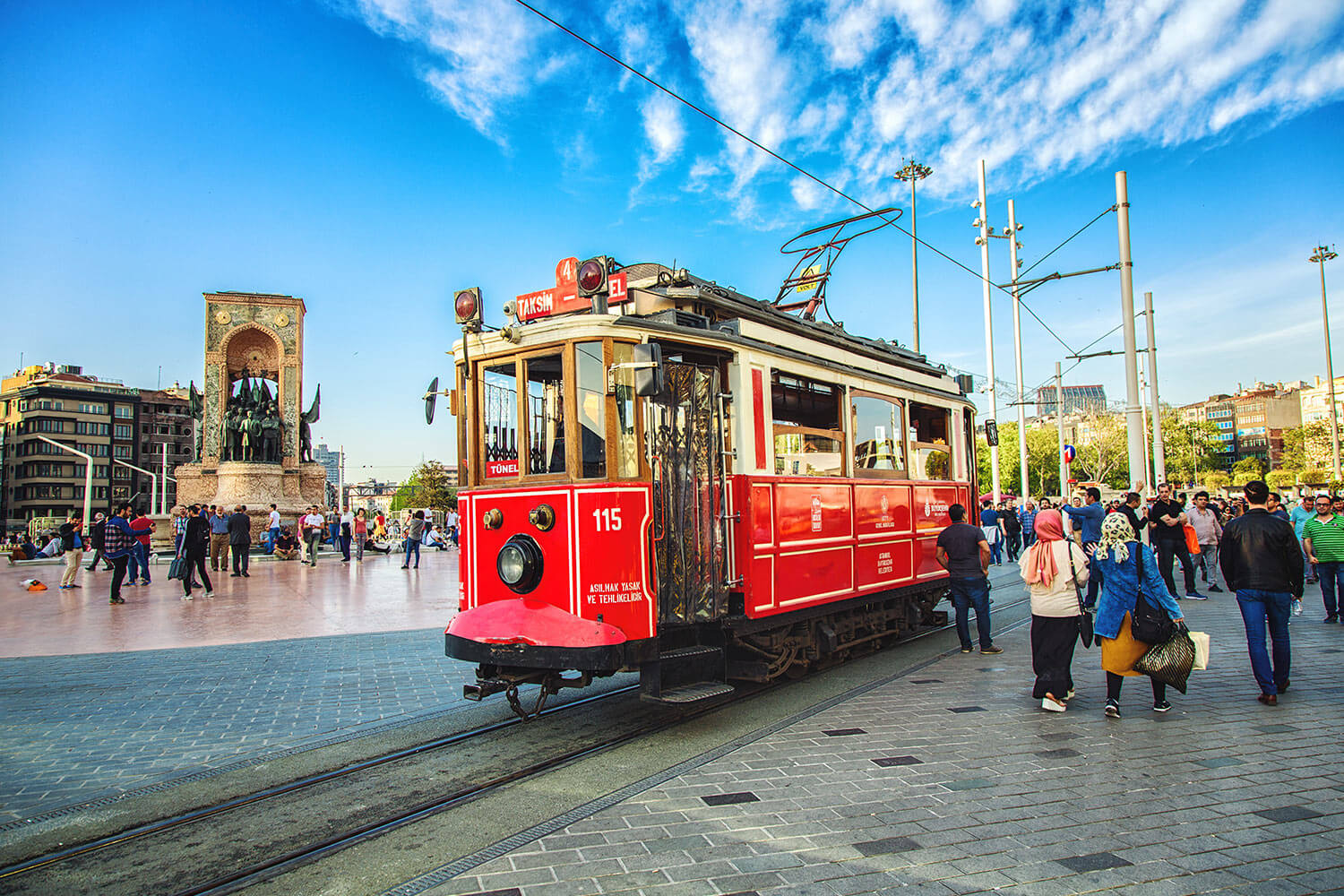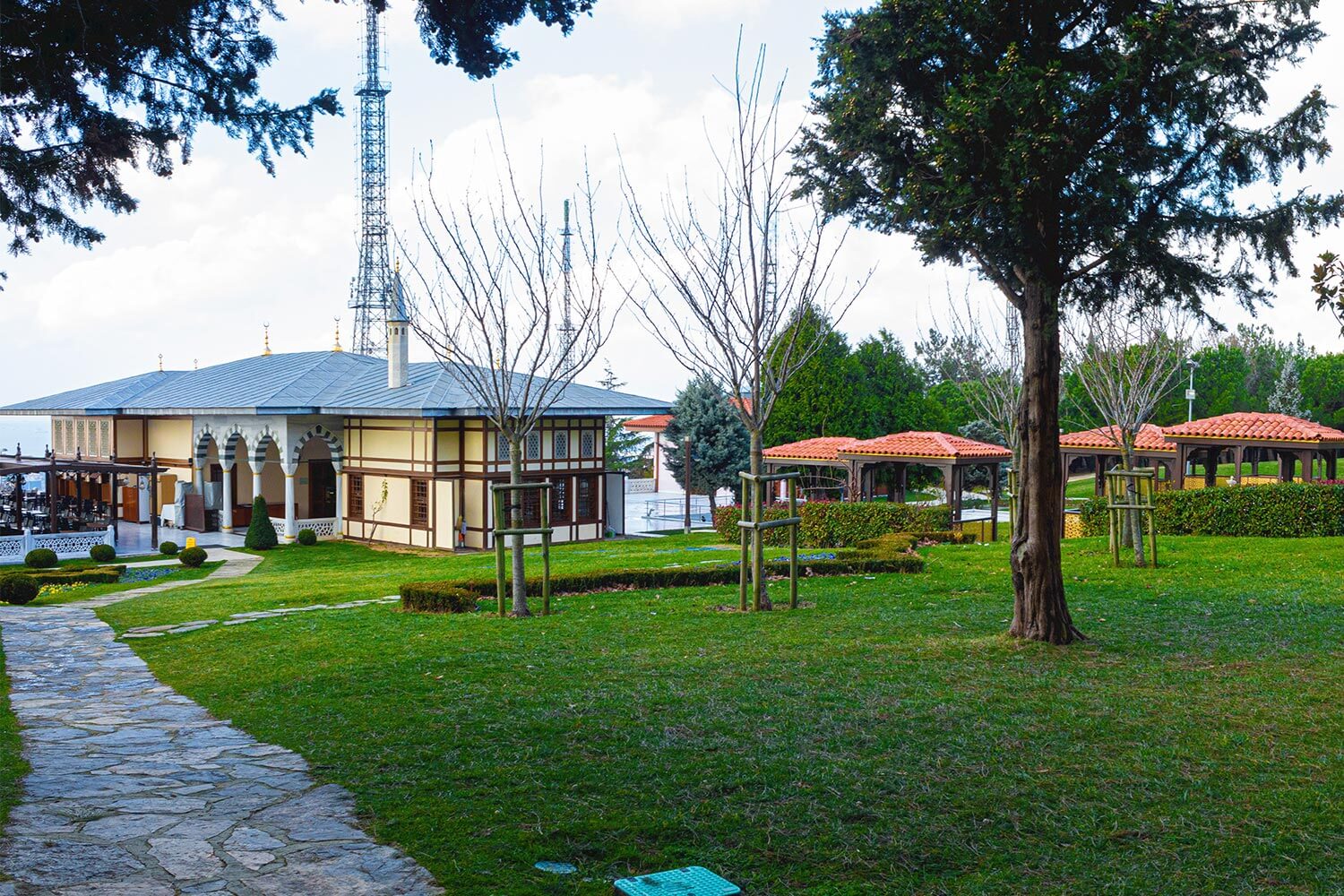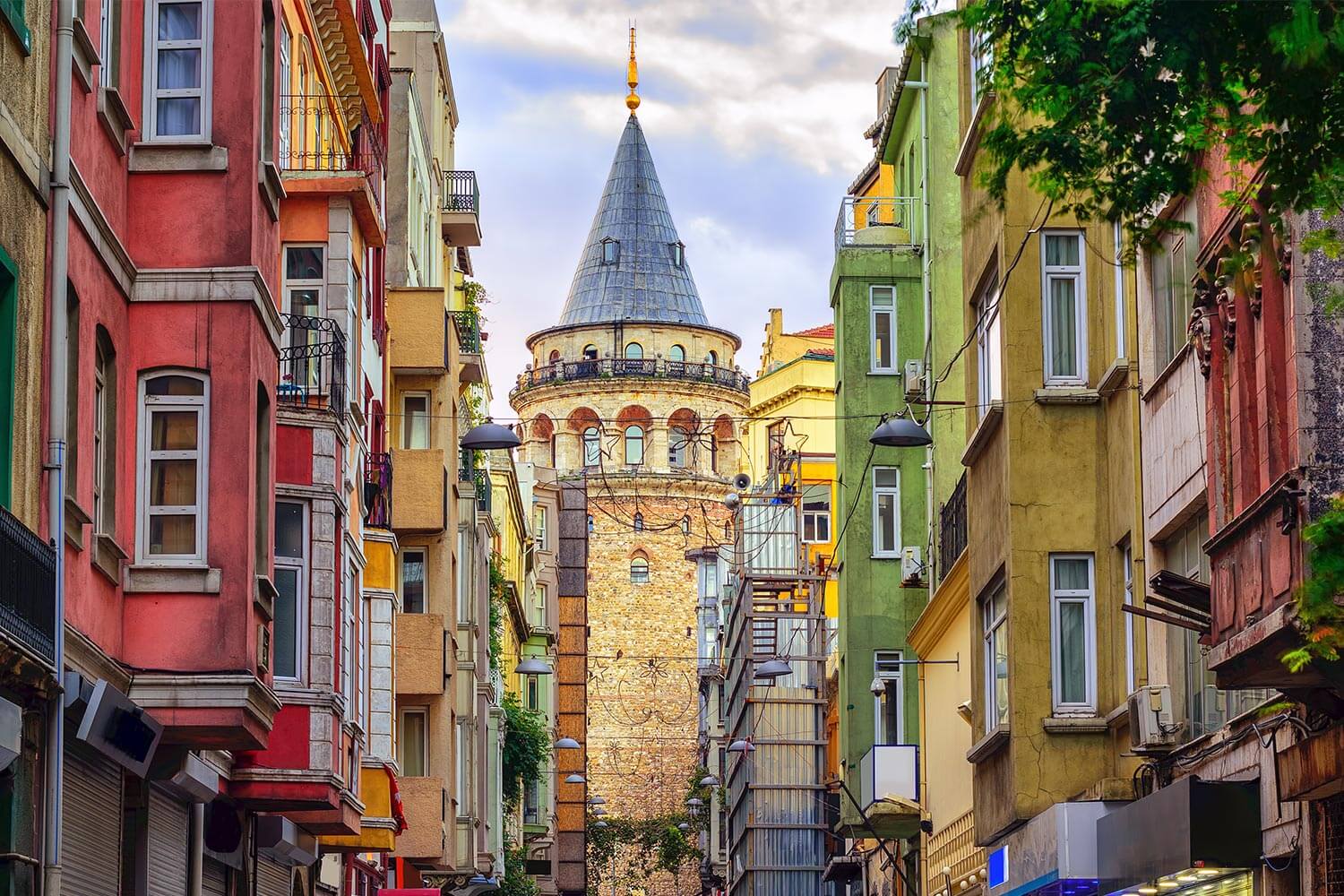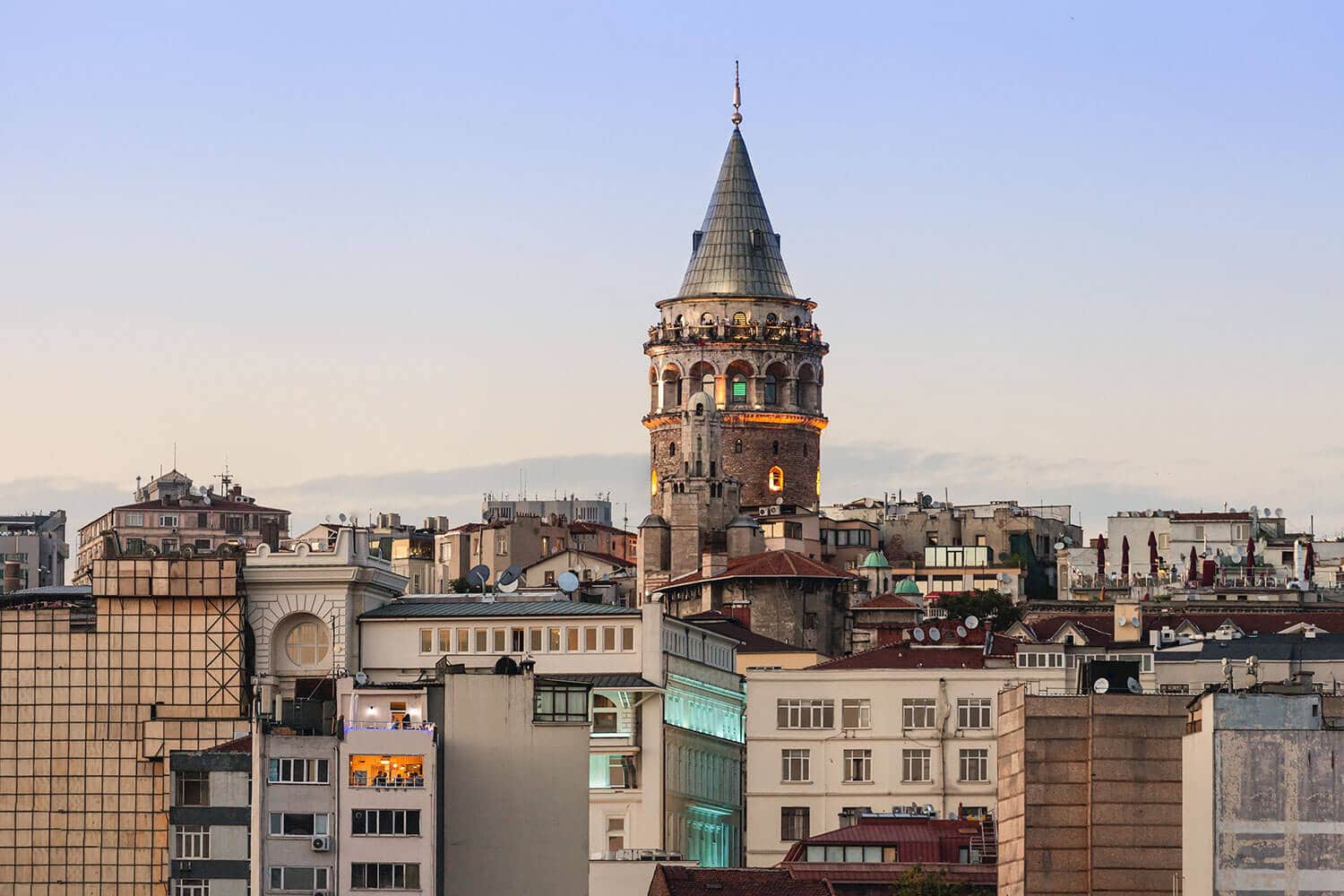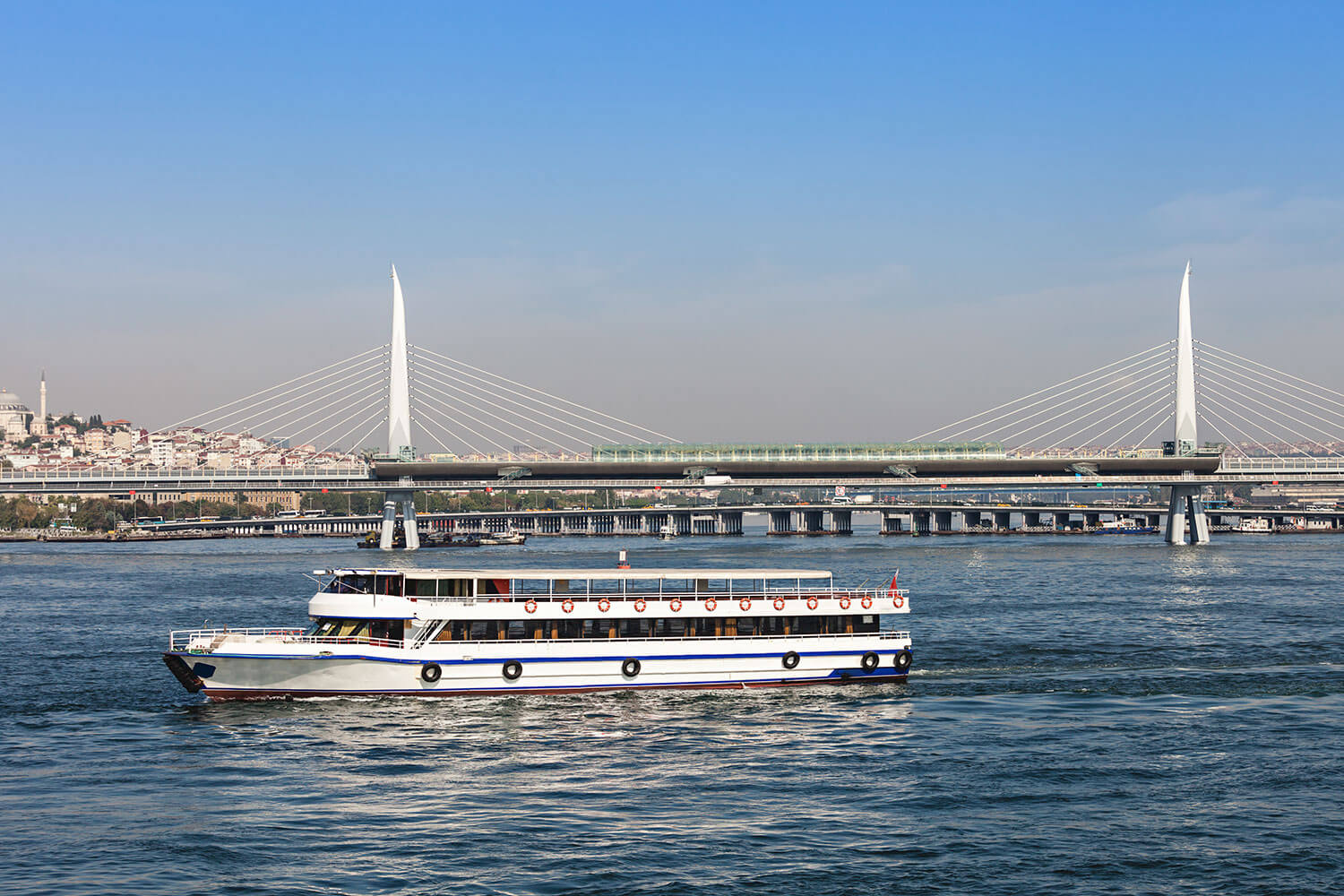The Topkapi Palace in Istanbul, Turkey, is rich in historical sites. It was the main residence and administrative headquarters of the Ottoman sultans for nearly 400 years. Here are some of the most significant historical sites and sections within the palace:
Imperial Gate (Bab-i Humayun): This is the main entrance to the palace, opening onto the First Courtyard. The gate is decorated with inscriptions and monograms of several sultans.
Second Courtyard: This courtyard, also known as the Divan Square, was where the administrative functions of the palace were carried out. It houses the palace kitchens, the Imperial Council building, and the Gate of Felicity.
Third Courtyard: This was the private and residential area of the sultan. It includes the treasury, library, Sacred Safekeeping Rooms containing holy relics, and Sultan’s private rooms. The courtyard is entered through the Gate of Felicity.
Harem Apartments: This area is where the sultan’s family, concubines, and eunuch guards lived. The harem contains more than 300 rooms, nine bathhouses, two mosques, a hospital, dormitories, and a laundry fountain.
Fourth Courtyard: This was a private garden for the sultan and his family. It features several pavilions, terraces, and gardens, including the Baghdad Pavilion, Revan Pavilion, Sofa Pavilion, and the Golden Road.
Imperial Treasury: This is home to an impressive collection of precious jewels, relics, and other treasures of the Ottoman Empire, including the famous Topkapi Dagger and the 86-carat Spoonmaker’s Diamond.
Sacred Safekeeping Rooms: These rooms contain religious relics, including items attributed to the Prophet Muhammad and other important figures in Islam.





